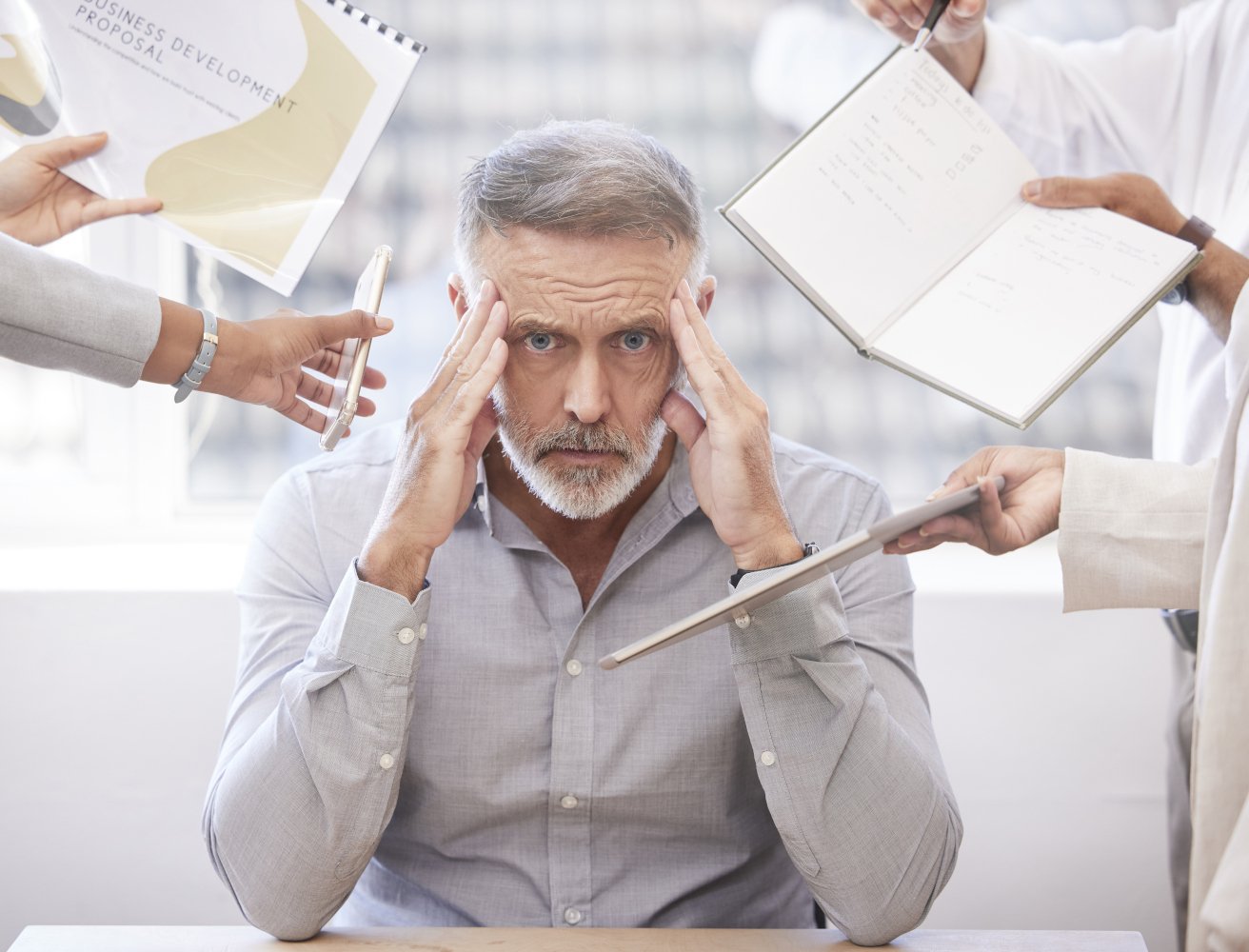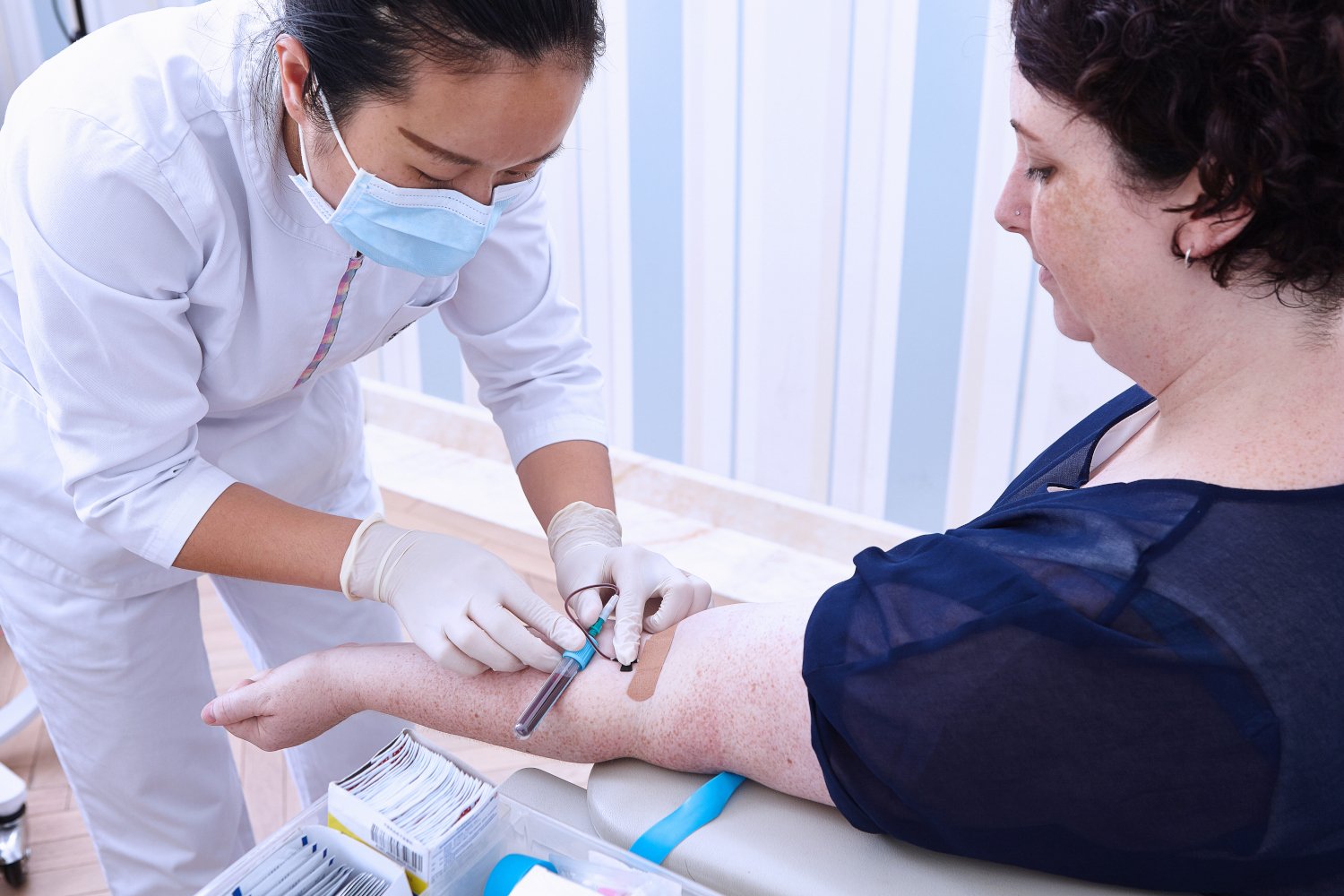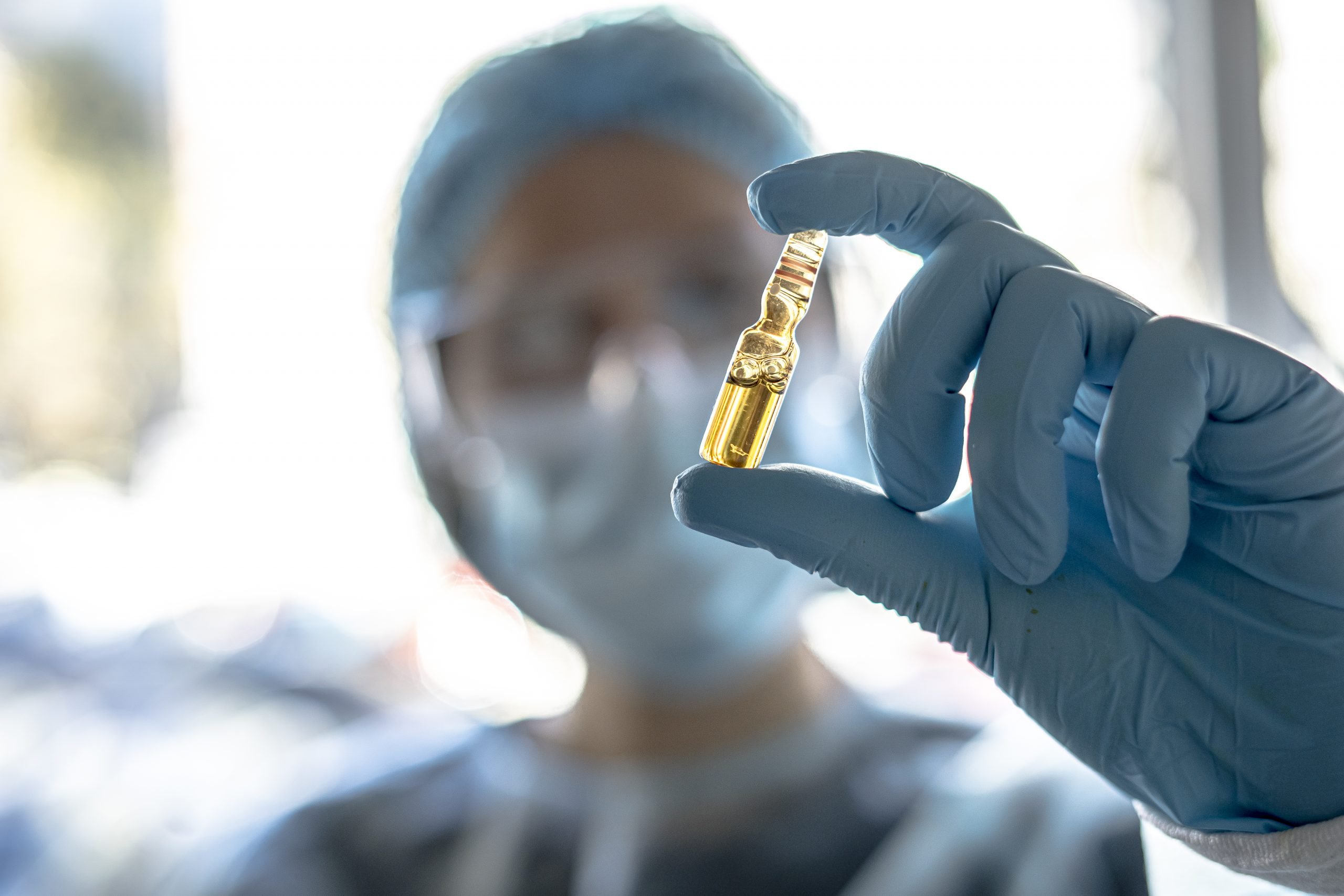Ketamine and Depression: How Ketamine Helps with Depression
Do you feel like you may be falling into a depression? Figures released by the National Institute of Mental Health indicate that 7.1% of all adults in the United States, which is an estimated 17.3 million, have experienced at least one significant depressive episode.
Why is Ketamine Useful for Treating Depression?
Despite attempts at receiving treatments that include talk therapy or prescription medications, as many as one-quarter of the individuals living with depression still struggle in a major way. These patients experience a lot of frustration that neither the medical nor psychiatric community hasn’t been able to meet their needs in the way they needed the most.
There may be hope as the recent application of an older drug, commonly used as an anesthesia, to help treat depression. Ketamine, in low doses, is quickly developing a reputation for helping those with treatment-resistant depression. Soon after patients begin ketamine infusion therapy, their depression symptoms start to dissipate. Special medical clinics are using ketamine as a therapy for those people for whom traditional antidepressants aren’t working.
One major problem with many anti-depressant medications is they aren’t fast-acting. It can take weeks or months before many patients begin experiencing relief. Patients’ debilitating symptoms persist while they’re waiting for the medication to work. Additionally, these medications have side-effects such as drowsiness, constipation, insomnia, and nausea. Another issue with these medications is that they can often cause weight gain, which is typical for many antidepressants. However, none of these of these conditions are side effects of ketamine.
Jennifer L. Phillips, Ph.D., an associate scientist in the Mood Disorders Research Unit at The Royal’s Institute of Mental Health Research, led a team of investigators in conducting a double-blind, randomized cross-over comparison of active placebo versus infusion ketamine. The study involved 41 participants experiencing treatment-resistant depression. Following 24 hours, those receiving a single dose of ketamine reported experiencing a significant reduction in symptoms. Throughout the treatment, the non-placebo participants received six ketamine infusions three times weekly. Those participants reported a 50% decrease in symptoms.
What are the Different Types of Ketamine?
Two types of ketamine are currently in use for treating depression symptoms for those who are treatment-resistant:
- Esketamine: this form of ketamine, also referred to as Spravato, received FDA approval in March. It’s administered at clinics under supervision as a nasal spray. This form of ketamine contains the “S” molecule.
- Racemic ketamine: this is the form of ketamine clinics that use infusion therapy. It’s administered under close supervision directly into the patient’s bloodstream. You’ll see it referred to as IV or intravenous ketamine. It’s a mix of two mirror-image molecules, “R” and “S” ketamine. This form of ketamine received FDA approval as an anesthetic years ago, but it’s used off-label for treating depression.
Does Ketamine Have Side Effects?
The side effects of ketamine are typically mild or non-existent. However, some patients report they feel a dissociative feeling that lasts for the first portion of the treatment. These feelings are best described as “floaty” or “disconnected.” However, these feelings don’t last long. Under most circumstances, ketamine causes a soothing feeling. Those receiving infusions describe that they have clarity in their thinking, and they can feel the weight of their depression lifting. These feelings can last for hours following the treatment.
Some patients also remark about how they feel like they’re in a twilight sleep, and they find the drowsiness relaxing. Patients are still conscious, so they’re aware of everything occurring around them. Patients tend to prefer keeping their eyes closed during treatments to help induce the feeling of relaxation.
FDA-Approval for Esketamine: a Form of Ketamine
Esketamine, developed by Janssen Pharmaceuticals, is a nasal spray form of ketamine. It’s currently marketed under the name Spravato. Dr. Erick Turner, a former FDA reviewer, told the New York Times, “Thank goodness we now have something with a different mechanism of action than previous antidepressants.” The FDA hasn’t approved a generic for esketamine, but many insurance plans will likely have coverage.
The FDA’s approval requires that the nasal spray be administered under supervision at a clinic or doctor’s office, similar to the ketamine infusion therapy. The recommendation is that patients continue taking their prescribed medications along with receiving esketamine twice weekly for four weeks. Patients also must continue to have monitoring for at least two hours after taking the nasal spray. Their experiences must be recorded into a registry and, on the day of their treatment, patients should not drive.
How Does Ketamine Differ from SSRIs?
In many cases, traditional antidepressant medications aren’t completely effective, and in many more, don’t act fast enough. Ketamine is a useful alternative for patients who are seeking a fast-acting treatment with lasting results. It works differently from common antidepressants because it works on a completely different mechanism.
The way SSRIs work is that when a person is experiencing depression, their serotonin levels are often low. The SSRIs are prescribed to increase those levels. However, a study from the laboratory of long-time depression researcher, Eva Redei, the David Lawrence Stein Professor of Psychiatry at Northwestern’s Feinberg School, showed that their is a flaw in most animal testing of antidepressants which is that it based on an assumption that doesn’t accurately describe the majority of human depression. “They stress the animals and look at their behavior,” she said. “Then they manipulate the animals’ behavior with drugs and say, ‘OK, these are going to be good anti-depressants.’ But they are not treating depression; they are treating stress.” She found that in fact, depression not directly related to stress, likely starts with biochemical changes in the development and functioning of neurons. This is where ketamine can make a real difference.
Along these lines, Dr. Connor Liston and a team of researchers conducted a study on mice to learn how ketamine infusion therapy works with the brain regarding the reduction of depression symptoms. The mice used in this study presented behaviors similar to depression. Following a single dose of ketamine, the mice used in the study no longer showed these symptoms and brain scans also indicated they had an increase in the formation of dendritic spines (brain cell extensions) in their neurons that were fully functional. Thus ketamine appeared to be making changes in the actual neurons themselves.
What Can Patients Expect from Ketamine Treatments?
Receiving ketamine infusion therapy treatments is a convenient and effective way of reducing or eliminating symptoms of depression. Depending on the severity of the depression symptoms, treatments can occur over a few days or spread out over a longer time-frame.
There’s no need for an overnight stay due to the simplicity of the procedure. Each treatment occurs at a clinic on an outpatient basis. The recommendation is not to eat or drink anything for at least four hours before the appointment. That way, nausea doesn’t occur. It’s okay to drink a little bit of water.
Patients sit in a comfortable infusion chair during the treatment, in a private room. Throughout the procedure, vitals are carefully monitored. Ketamine is administered in low doses, but the clinic takes every safety precaution necessary. The intravenous process is similar to having an IV administered at a hospital and is relatively painless.
The IV is attached to a pump that is programmed to adminster a low dose of ketamine at various intervals. The clinician uses a high degree of accuracy when programming the pump. To ensure patients are receiving the best results, the pump is titrated up or down through the course of the infusion. The tube is removed once the target is achieved.
Following the treatment, many patients relax and stay at the clinic for up to an hour. Patients can listen to music, use tablets, or rest comfortably throughout the infusion and afterwards for as long as they would like.
Wrapping Up
Ketamine may be the treatment that you have been looking for after finding that traditional antidepressants are not giving you the relief that you need.
Contact the Bespoke Treatment today to see if you are nearby our Los Angeles and Santa Monica clinic and request an appointment for a free consultation.


























